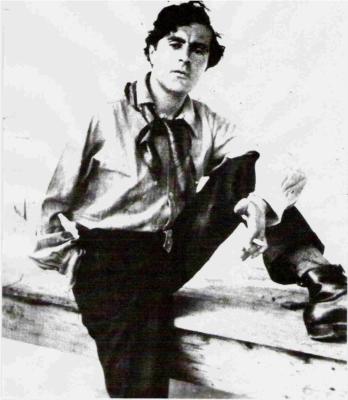
1884 - 1920
Amedeo Clemente Modigliani

description
An Italian painter, sculptor and graphic artist of Jewish-French descent, who lived and worked in Paris. One of the most famous artists of the early 20th century, who developed his characteristic style with a clean line, a meditative atmosphere and with elongated shapes.
Modigliani originally intended to be a sculptor. Encouraged and inspired by Brancusi, for almost five years of his short creative career, he began carving his heads out of stone, but dust of limestone and sandstone damaged his lungs, weakened by tuberculosis, and coughing fits did not let him work. In addition, during the First World War, marble was almost gone; the stone became expensive and was inaccessible to the poor master. The artist started painting but did not change his style – his portraits are as recognizable as sculptures.
The artist’s works were almost unsuccessful during his life – at two exhibitions, he sold only a few sculptures. Having become extremely popular after his early death, a few (about 30) stone sculptures remain so even now. One of the “Heads” by Amadeo Modigliani, sold by the Christie auction house for more than 43 million euros, became an absolute record for sculpture. In the study of art, the understandable term “Modigliani style” is used; it is rather conditionally related to Expressionism.
Key ideas:
– The central theme of Modigliani’s sculptures, like in his paintings, was a human being. Friends of the master recalled that he repeatedly spoke of his desire to engage in sculpture, but the poor artist was stopped by the high price of materials.
– Constantin Brancusi, who noted the plasticity and volume of the sketches of Amedeo (the so-called caryatids), became his teacher. The artist was so carried away by this type of art – it became his main occupation for more than four years.
– The characteristic features of the “Modigliani’s” sculptural portrait are associated with the master’s departure from the realistic depiction of the original appearance to stylization. The figures, acquiring smoothly curved and elongated shapes, have clear contours and expressive plasticity.
– In the sculptures by Modigliani, individual motifs of Greek, African, and Egyptian art are easily recognizable. Series of his works are called caryatids, and other stone heads are associated with the faces and hairstyles of ancient Egyptian sculptures. The artist used even outlines, depicted long noses, small, often pursed lips, thin elongated necks. Together with “blind” almond-shaped eyes, these are the features that make Amedeo’s sculptures similar to images of ancient Egyptians.
– From childhood, suffering from tuberculosis, Modigliani left sculpture classes after 1914. However, in the paintings, he retained the same stylized splendor and unusual geometric rhythms that characterize his stone sculptures.
1884
1897
1901
1903
1906
1908
1909
1911
1912
1915
1917
1918
1920
The birth of the artist
Miraculously survived, recovering from typhus

Amedeo studied at the studio of Gino Romiti

Studied at the School of Fine Arts as a student of Giovanni Fattori

He began to live and work in Paris

Studied at the Academy of Colarossi
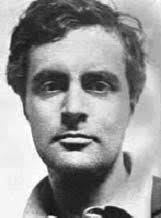
He began to devote all his time to the creation of sculptures

First exhibited his stone sculptures
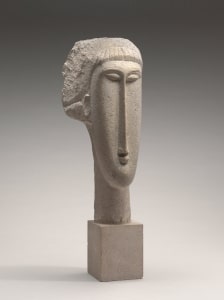
He made friends with sculptor Lipchitz
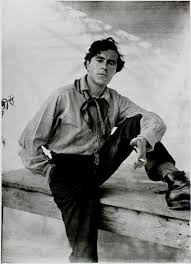
He worked on portraits of contemporary artists
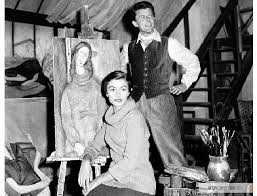
Married Jeanne Hebuterne

He lived in Nice and Cannes

The death of the artist

Amedeo Clemente Modigliani
On Artist
flow
Expressionism
Primitivism
Fauvism
friends
Konstantin Brancusi
Juan Gris
Pablo Picasso
artists
Giovanni Fattori
Henri de Toulouse-Lautrec
Paul Cezanne
Auguste Renoir
Andre Derain
By Artist
flow
Surrealism
friends
Oscar Guilla
Maurice Utrillo
artists
Chaim Soutine
Moses Kisling
Mark Shagal
Jacques Lipschitz
Man Ray
Henry Moore
